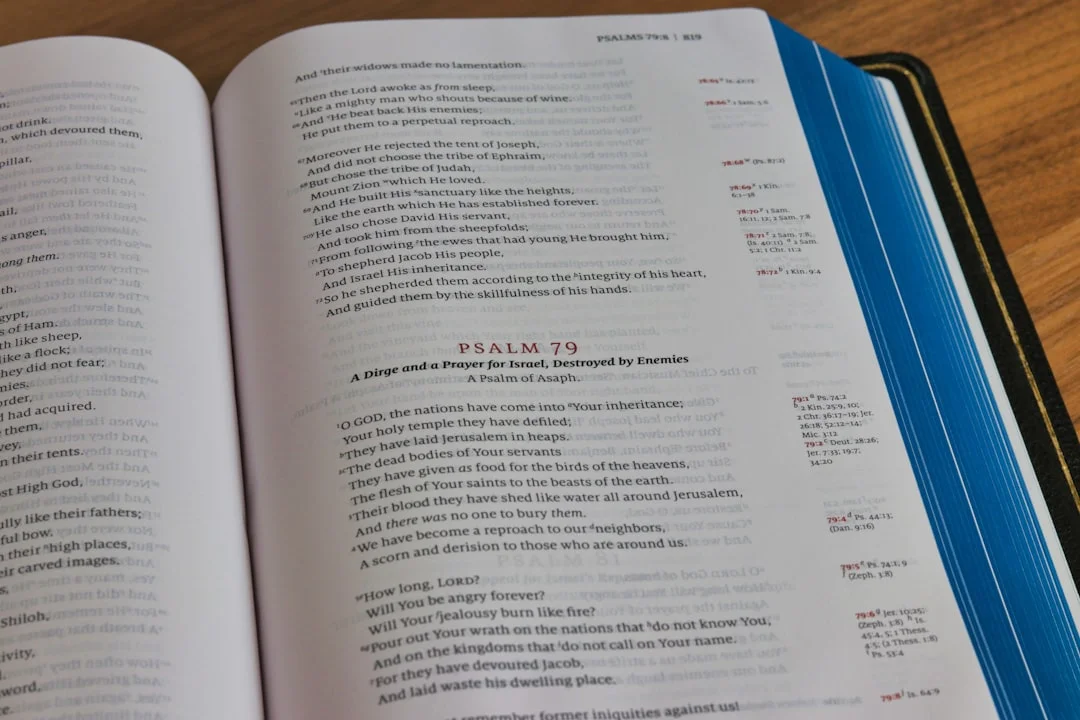
Flashcards for Complex Subjects: Studying Medicine, Law, and More with AI
How to build high-yield, structured flashcards for dense domains—medicine, law, engineering—using AI as a drafting accelerator without losing nuance or accuracy.
TL;DR
How to build high-yield, structured flashcards for dense domains—medicine, law, engineering—using AI as a drafting accelerator without losing nuance or accuracy.
Table of Contents
Need help turning messy notes into clean flashcards?
MemoForge pulls highlights, structures prompts, and exports straight to Anki so your study time stays focused on recall.
Flashcards for Complex Subjects: Studying Medicine, Law, and More with AI
Some people think flashcards are only for vocab and trivia. In reality, when built well, they’re precision tools for structuring complex knowledge: metabolic cycles, procedural doctrines, algorithmic invariants, pharmacokinetic parameters. The trick? Card design that mirrors how expertise layers: terminology → relations → mechanisms → application.
Why Dense Subjects Break Lazy Card Habits
In high-load domains, sloppy cards become cognitive sludge. Overstuffed answers, missing scope markers, ambiguous terms (“it”, “they”)—they all erode retrieval strength. AI can accelerate drafting, but only if you enforce structure.
Core Card Archetypes for Complex Domains
| Archetype | Purpose | Example |
|---|---|---|
| Definition + Scope | Anchor precise term in context | "What is the Frank-Starling mechanism in cardiac physiology?" |
| Mechanism Sequence | Capture ordered causal chain | Steps of complement activation (classical path) |
| Contrast | Differentiate similar entities | Trespass vs conversion (elements) |
| Criteria / Elements | Memorize test or rule structure | Elements of promissory estoppel |
| Pathology Pattern | Associate cluster of findings | Nephrotic vs nephritic syndrome hallmarks |
| Scenario Application | Transfer to practical decision | Given BP, labs, what antihypertensive class? |
| Cloze Formula / Value | Recall critical numeric or symbolic piece | The anion gap = Na⁺ − (Cl⁻ + HCO₃⁻) |
| Adverse / Exception | Catch edge-case signals | Contraindication for beta-blockers in acute decomp HF |
AI Drafting Workflow (Structured)
- Feed a cleaned excerpt (avoid raw 20-page dump)
- Prompt for categorized outputs: “Generate: definitions, contrasts, mechanisms, clinical scenarios (concise).”
- Receive grouped candidates → sort into keep / refine / discard
- Rewrite for scope, mechanism verbs, unambiguous subjects
- Add tags (cardio-mech, civil-proc-test, data-structures-tree)
- Export → spaced repetition system
Refinement Principles (Non-Negotiable)
- One causal layer per card (Krebs vs ETC separation)
- Name pathways explicitly (“renin–angiotensin–aldosterone system” not “this system”)
- Mechanism answers: action verb + target + consequence
- Include jurisdiction / system boundaries (US federal, common law, Linux kernel, JVM)
- For numeric ranges: store separate cards for definition vs pathologic range
Bad vs Improved:
Q: What happens in SIADH?
A: Too much ADH so issues with sodium.
Improved:
Q: Core pathophysiology of SIADH (serum/osm)?
A: Excess ADH → water retention → dilutional hyponatremia with low serum osmolality + inappropriately concentrated urine.
Layering Complexity Gradually
Sequence your deck:
- Terminology & elemental definitions
- Key mechanisms / doctrinal tests
- Contrasts + exception triggers
- Scenario / application (labs, fact patterns, inputs)
- Meta layer: “Why does X precede Y?” (causal reasoning)
This prevents prematurely juggling scenario reasoning while base labels are fuzzy.
Scenario Card Crafting (Medicine / Law Examples)
Medicine example:
Clinical vignette: 65M, smoker, chronic cough, barrel chest, mild hypoxemia, ↑ hematocrit. Most likely underlying pathophysiologic change?
Answer: Emphysema (loss of elastic recoil via alveolar wall destruction → air trapping).
Law example:
Fact pattern: Offer mailed Monday, revocation mailed Tuesday, acceptance mailed Wednesday, revocation received Thursday, acceptance received Friday. Is contract formed?
Answer: Yes—mailbox rule: acceptance effective on dispatch; revocation effective on receipt.
Refine until the scenario isolates one doctrinal hinge.
Handling Numbers & Formulas
Use separate cloze cards:
Cloze 1: Normal CSF glucose is {{c1::~2/3 of serum glucose}}.
Cloze 2: Anion gap formula: {{c1::Na⁺ − (Cl⁻ + HCO₃⁻)}}.
Avoid stacking 4 ranges in a single answer—splinter into atomic recall units.
Dealing With AI Hallucination Risk
Safeguards:
- Limit generation to bounded excerpts
- Spot check against reputable primary sources (UpToDate, primary statutes, official specs)
- Reject any mechanism lacking actor + action + effect
- Maintain a “verify” tag for provisional cards pending confirmation
Tag Taxonomy (Sample)
| Domain | Tag Examples |
|---|---|
| Cardiology | cardio-mech, cardio-path, cardio-drug |
| Contracts | contracts-elements, contracts-remedy |
| Algorithms | algo-tree, algo-graph, algo-complexity |
| Pharmacology | pharm-mech, pharm-adverse, pharm-class |
Keep tags terse and systematic. Retrieval filtering becomes surgical.
Weekly Maintenance Loop
| Step | Action | Outcome |
|---|---|---|
| Audit | Pull leech list | Identify wording / concept gaps |
| Refine | Rewrite or split | Reduced cognitive drag |
| Expand | Add 5 application scenarios | Higher transfer capability |
| Purge | Delete trivial mastered facts | Leaner review load |
Avoid These Pitfalls
| Pitfall | Result | Fix |
|---|---|---|
| Overloaded answers | Shallow recall | Split into atomic cards |
| Vague pronouns | Ambiguity | Replace with explicit term |
| Mixed domains on one card | Interference | Separate by system/jurisdiction |
| Blindly trusting AI | Cemented error | Verify + tag pending |
| Tag explosion | Search friction | Predefine taxonomy |
Light Digression: Expertise as Compression
Expert memory isn’t larger; it’s structured. Good flashcards build a graph: nodes (terms), edges (mechanisms, contrasts). AI accelerates node drafting; you curate edges.
Final Workflow Snapshot
Capture excerpt → AI categorized draft → Human pruning → Precision rewrites → Tagging → Export → Spaced retrieval → Weekly refinement.
Consistent cycles morph sprawling complexity into navigable mental architecture.
Final Thought
Flashcards for dense subjects aren’t childish—they’re disciplined packets of cognitive leverage. Combine AI speed with your domain judgment and you get a system that scales while staying accurate.
Ready to stress-test it? Feed MemoForge a dense section you usually avoid and watch it scaffold a first-pass deck you can refine into a high-yield asset.
Related Articles

From Notes to Mastery: How to Turn Class Notes into Effective Flashcards
A step‑by‑step, student‑friendly system for converting messy lecture notes into clear, memorable flashcards—manual and AI‑assisted—without spending all night formatting.

From PDF Highlights to Quality Flashcards: A Proven Workflow
Turn PDF highlights into clear, atomic flashcards using a capture → curate → card pipeline with examples, tagging, and AI assist.

10 Ways AI Can Boost Your Study Productivity (Without Making You Dependent)
Practical, grounded ways students can use AI—planning, flashcards, memory cues, spaced review, synthesis—while keeping agency and critical thinking intact.